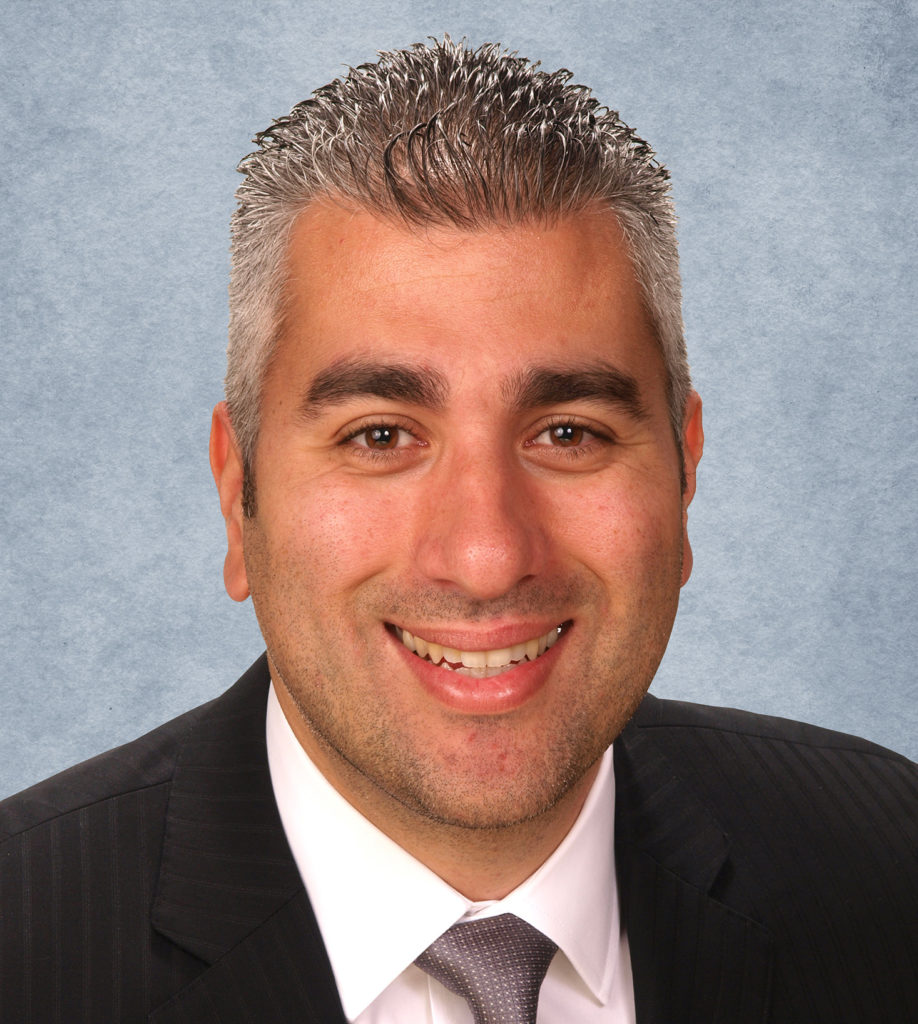When Georgia announced it would reopen restaurants for dine-in business, you probably were in one of two camps: the “what, why?” camp or the “finally!” camp. As more states, areas and entire regions attempt to return to normal, restaurants have to navigate those two mindsets, along with new restrictions and new consumer habits.
For GPS Hospitality, the decision to open up dining rooms is a little easier. The Burger King, Popeyes and Pizza Hut operator and No. 12 on the 2019 Restaurant 200 has plenty of options for wary diners to get its food without sitting down.
“Our guests are accustomed to being able to take advantage of delivery, our drive-thru and in some places, carryout. The locations which are opening their dining rooms will promote it on their reader boards,” said Michael Lippert, president of GPS Hospitality.
He said the company has installed plexiglass in both the dining rooms and the drive-thru window to maintain social distance and keep everyone feeling safe, and it has increased the frequency of cleaning. But still, guests may be slow to dine in again.
“Guests may be hesitant, and many will be slow to dine in at restaurants,” said Lippert.
That’s fine for the quicker-end of limited service where GPS has most of its operations, but for social gathering spots and family dining locations, reopening dining rooms means a lot more staff than off-premises-only operations. It also means a lot more time sitting in a restaurant thinking about how close that next table is.
Texas is reopening restaurants for dine-in business at 25 percent capacity this week. That may ease worries, but then operators need to figure out if there is enough sales volume to actually reopen dining rooms profitably. Similar rules are going into effect as state leaders announce their own rules.
Florida is poised to announce its reopening guidance today. But for fast-casual concept Pincho, the eight-location chain that sells burgers, fries and kabob-like pinchos, its CEO said regardless of what the governor says, they will remain closed.
“We closed our dining rooms before anyone even asked. My No. 1 priority is protecting my team. Nobody wants to go to work and feel scared or think, ‘I don’t want to get sick,’” said Otto Othman, co-founder and CEO of the company.
He said they would not rush to reopen the dining rooms, which often become a lively atmosphere around happy hour and dinnertime given the company’s bar program.
“I told the team I’m not in a hurry to open up our dining rooms. We’re going to do what’s right for our community and for you. If the governor says, ‘Open up,’ we don’t want to be leaders,” said Othman. “If they open today, I’ll wait 30 days and very carefully open up our dining rooms. There’s no rush. Health comes first, money and everything else comes secondarily.”
He said when they do open, the process will go very slow. And they may not even allow people to stand in line when they do fully reopen, asking people to instead order on their phone.
“If anything, this has accelerated trends. We’re going to space out tables, you’re going to walk in, sit in a chair, order on your phone and we’ll bring your food,” said Othman. “It will remove the most painful experience in fast casual: standing in line.”
At the California-based Dog Haus, founding partner Andre Verner said opening too quick could mean extra financial difficulty for corporate and franchise stores. Given the brewpub atmosphere, the brand has even more of a reputation for social gathering than Pincho, and how people return to places like that remains a big question mark.
“My biggest fear is opening too quick. That’s my only fear at this moment, aside from hoping everyone in our community stays safe,” said Verner. “Opening too soon or not thinking through everything, dotting every ‘i’ and crossing every ‘t.’ You can’t open your doors and order all your inventory and get all 30 kegs back and train staff for two weeks, then have half the people there. It’s going to be really tricky when do we open.”
He said at this point, he’s thinking the company will ease into dine-in operations. Potentially, that means fewer operating hours, keeping the COVID-19-era limited menu and starting with just a few kegs or canned beer only. The question of communal tables and staffing remains to be worked out.
While GPS locations, Dog Haus and Pincho all fall in the spectrum of limited service, their different approaches to reopening dining rooms show just how complicated of a decision this is.
Original article by Nicholas Upton @ Franchise Times









